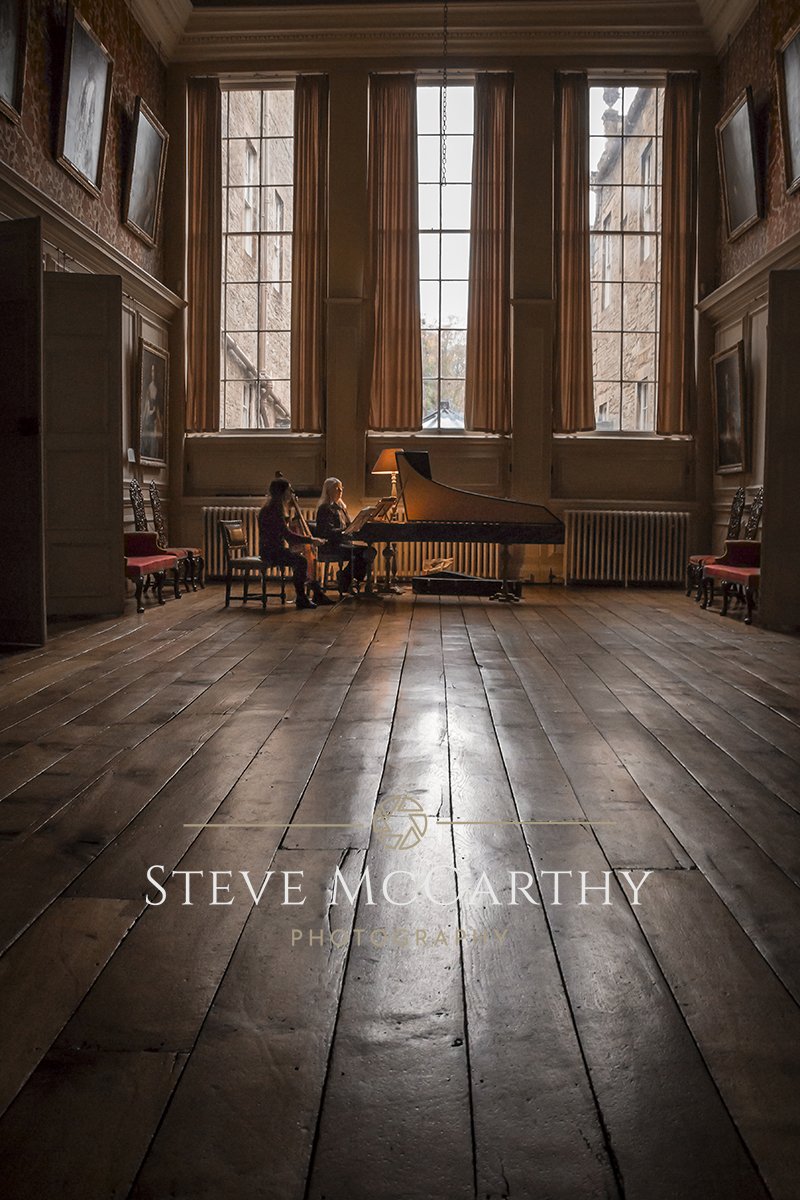Mastering Composition in Photography: The Principle of Lead-in Lines in Photography Composition
In the world of photography composition, lead-in lines are a fundamental principle that can transform an ordinary image into an extraordinary one. These lines serve as visual pathways, guiding the viewer's eye through the photograph and towards the main subject or focal point. Whether they're natural elements like rivers and pathways or man-made structures such as roads and fences, lead-in lines play a crucial role in creating depth, adding visual interest, and drawing viewers into the scene. In this detailed guide, we'll explore the concept of lead-in lines in photography composition and how you can harness their power to create captivating images.
The Music Room
Understanding Lead-in Lines:
Lead-in lines are essentially any lines within a photograph that direct the viewer's gaze towards a specific point of interest. They can be straight or curved, diagonal or horizontal, and they can occur naturally in the environment or be created by the photographer through framing and composition. The key characteristic of lead-in lines is their ability to establish a visual pathway that guides the viewer's eye from the foreground to the background, creating a sense of depth and perspective in the image.
Creating Depth and Perspective:
One of the primary functions of lead-in lines is to create a sense of depth within the photograph. By positioning these lines in the foreground and allowing them to extend into the distance, photographers can give the viewer a sense of spatial awareness and immersion in the scene. Whether it's a winding road disappearing into the horizon or a row of trees leading towards a distant mountain, lead-in lines can convey a sense of scale and distance, making the viewer feel like they're a part of the scene.
Adding Visual Interest:
Lead-in lines also serve to add visual interest to the composition by breaking up negative space and providing a sense of movement and flow. Whether they're flowing waterways, meandering pathways, or converging lines along architectural structures, these lines can create dynamic and engaging compositions that capture the viewer's attention. By strategically incorporating lead-in lines into your photographs, you can transform an otherwise static scene into one that feels dynamic and alive.
Directing the Viewer's Gaze:
Perhaps the most important function of lead-in lines is their ability to direct the viewer's gaze towards the main subject or focal point of the photograph. By positioning these lines in such a way that they converge towards the subject, photographers can create a strong visual connection between the viewer and the point of interest. This not only helps to emphasize the subject but also ensures that the viewer's attention is drawn exactly where the photographer intends it to be.
Practical Tips for Using Lead-in Lines:
Explore Your Environment: Take the time to explore your surroundings and look for natural or man-made elements that can serve as lead-in lines in your compositions.
Experiment with Different Perspectives: Try shooting from different angles and perspectives to find the most effective placement of lead-in lines within your frame.
Consider the Relationship Between Lines and Subjects: Pay attention to how lead-in lines interact with the main subject or focal point of your photograph, and adjust your composition accordingly to create a strong visual connection.
Keep it Simple: Avoid cluttering your composition with too many competing lines and elements. Instead, focus on simplicity and clarity to ensure that your lead-in lines effectively guide the viewer's gaze.
In conclusion, lead-in lines are a powerful compositional tool that can enhance the depth, visual interest, and storytelling potential of your photographs. By understanding the principles of lead-in lines and incorporating them into your compositions, you can create images that captivate viewers and invite them to explore the scene with a sense of wonder and curiosity. So the next time you're out with your camera, keep an eye out for those enticing lines that can transform your photos from ordinary to extraordinary.


